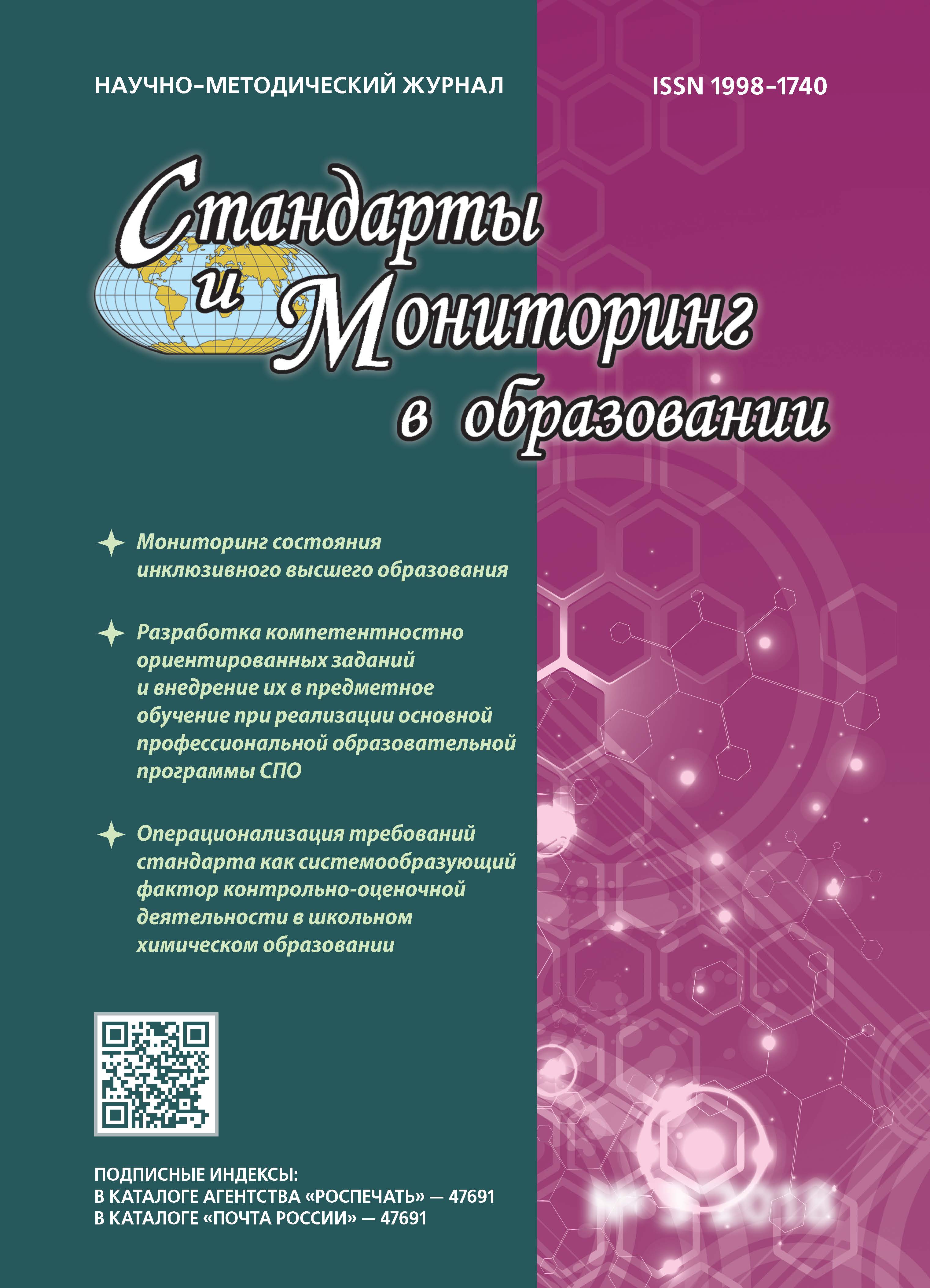The paper reports on how to develop the model for integration of a foreign language teaching course and the professional subject content, and further, on how to embed this didactic model in the educational process of a technical university. The conceptual framework is based on the principle of Content and Language Integrated Learning (CLIL) and J. Cummins’ theory of Language and Cognition. The model was developed based on the “Professional English” teaching course, designed for students majoring in the “Technical exploitation of transport radio equipment” specialty. To test the model effi - ciency, the teaching experiment was held in 2012-2015 at the Kazan National Research Technical University named after A.N. Tupolev. The results of the experiment are also presented and analyzed in the paper.
Content and Language Integrated Learning (CLIL), foreign language and subject content integration, content foreign language competency, J. Cummins’ cognitive theory.
В настоящее время особую актуальность приобретает необходимость подготовки специалистов технического профиля, свободно владеющих английским языком в сфере профессиональной коммуникации. Подобные тенденции обусловлены рядом процессов, имеющих место в современном мировом сообществе, в частности процессом глобализации, требованиями рынка труда и т.д. Способность специалистов инженерного профиля к постоянному пополнению и обновлению научно-технических знаний и повышению собственной иноязычной коммуникативной компетенции в профессиональной области представляет собой необходимое условие успешного карьерного роста.
В российских вузах ведется активная работа по созданию и реализации моделей формирования и развития иноязычной коммуникативной компетенции специалистов технического профиля. Исследователи [1, 2] отмечают, что результативность данных теоретических моделей не всегда соответствует заявленным целям, поэтому возникает противоречие между социальным заказом на уверенное владение выпускником технического вуза иностранным языком в сфере профессиональной коммуникации (ESP) и отсутствием соответствующих современных образовательных технологий.
1. Grigor’eva K.S. Realizacij a principov predmetno-jazikovogo integrirovannogo obuchenij a s pomoshju web 2.0 technologij v tekhnicheskom vuze [Implementation of the Principles of Content and Language Integrated Learning through web 2.0 technology in a technical university]. Vestnik Rossij skogo Universiteta Druzbi Narodov. Serij a «Informatizazij a obrazovanij a» [Bulletin of Peoples’ Friendship of Russia. Series «Informatization of Education»].2014, I. 2, pp. 11-19.
2. Salehova L.L. Content and Language Integrated Learning kak osnova formirovanij a professional’noj inojazychnoj kompetencii studentov tehnicheskih vuzov [Content and Language Integrated Learning as the basis for formation of foreign language professional competency of technical university students]. Inostrannyj jazyk dlja professional’nyh celej: tradicii i innovacii: Sb. statej II zaochnogo Respublikanskogo simpoziuma. Kazan’: K(P) FU Publ., 2013, pp. 89-94.
3. Federal’nij gosudarstvennij obrazovatel’nij standart visshego professional’nogo obrazovanij a po spezial’nosti 162107 «Technichaskaja expluatazij a transportnogo radiooborudovanija» (kvalifi kazia «specialist») [Federal state educational standard of higher professional education 162107 «Technical exploitation of transport radio equipment»] Available at: http://fgosvo.ru/uploadfi les/fgos/68/20110505142533.pdf (Accessed 19 May 2014).
4. Bloom, B.S. (ed.) (1956) Taxonomy of Educational Objectives, the classification of educational goals. Handbook I: Cognitive Domain New York: McKay.
5. Coyle, D., 2010. CLIL: Content and Language Integrated Learning. Cambridge, UK: Cambridge University Press.
6. Cummins, J., 1976. The influence of bilingualism on cognitive growth: A synthesis of research findings and explanatory hypotheses. Working papers on bilingualism 9, 1-43.
7. Cummins J., 1984, Bilingualism and Special Education: Issues in Assessment and Pedagogy. Clevedon: Multilingual Matters.
8. Marsh, D., 2002. Content and Language Integrated Learning: The European Dimension - Actions, Trends and Foresight Potential. Available at: http://europa.eu-.int/comm/education/languages/index.html
9. Marsh, D., 2003. The relevance and potential of content and language integrated learning (CLIL) for achieving MT+2 in Europe. Available at: http://userpage.fu-berlin.de/elc/bulletin/9/en/marsh.html
10. Wolff , D. Integrating language and content in the language classroom: Are transfer of knowledge and of language ensured? 2003, pp. 41, 42. DOI:https://doi.org/10.4000/asp.1154. Available at: http://asp.revues.org/1154 (date of the application: 20.11.2010).






